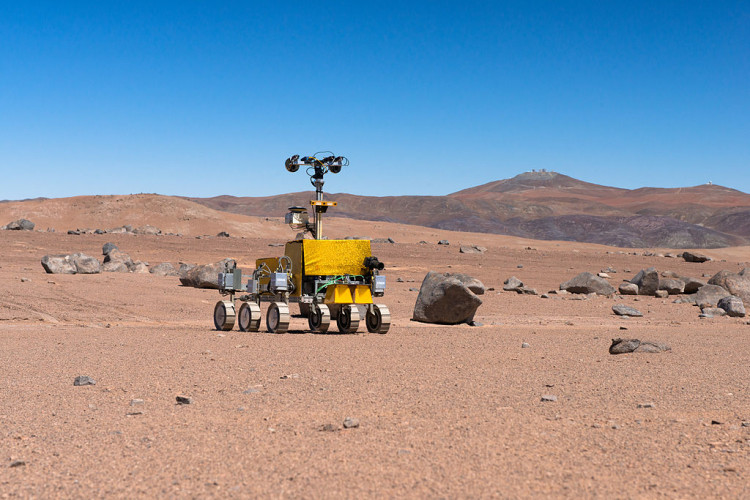The NASA Perseverance rover discovered that the floor of Jezero Crater is composed of volcanic rocks that have reacted with water.
In the spring of 2021, when NASA's Perseverance Mars rover began analyzing rocks on the floor of Jezero Crater, scientists were taken by surprise: Due to the fact that the crater originally had a lake billions of years ago, they expected to uncover sedimentary rock, which would have formed when sand and mud settled in a once-aquatic environment.
Instead, they discovered that the floor was composed of two types of igneous rock, one of which developed from magma deep beneath and the other from volcanic activity at the surface.
Four new publications describing the findings were published on Thursday, August 25. In Science, one article describes Perseverance's research of the crater floor prior to its arrival to Jezero's ancient river delta in April 2022, while another article in the same magazine describes rocks that appear to have originated from a thick magma body.
The other two publications, published in Science Advances, describe the unusual methods by which the rock-vaporizing laser and ground-penetrating radar of the Perseverance spacecraft determined that igneous rocks blanket the crater bottom.
Igneous rocks are good timekeepers, as crystals within them preserve the precise time of their formation.
"One of the greatest benefits of the igneous rocks is that they can tell us when the lake existed in Jezero. We know it existed more recently than the formation of the igneous crater floor materials," according to Ken Farley, Perseverance's project scientist and main author of the first of the two Science studies.
"This will resolve some important issues: When was the temperature of Mars favorable to the existence of lakes and rivers on the planet's surface, and when did it shift to the extremely cold and arid conditions we observe today?" he added.
However, igneous rock is not optimal for preserving the probable traces of ancient microbes that Perseverance is seeking.
In contrast, it can be difficult to determine the age of sedimentary rock, particularly when it comprises bits of rock that formed at different times before the sedimentary rock was deposited.
Sedimentary rock, on the other hand, frequently originates in aquatic settings conducive to life and is better at preserving ancient evidence of life.
This is why scientists find the sediment-rich river delta that the Perseverance has been studying since April 2022 so intriguing.
The rover has begun drilling and collecting core samples of sedimentary rocks so that the Mars Sample Return campaign might potentially return them to Earth to be analyzed by powerful lab equipment that would be too huge to fit on Mars.






